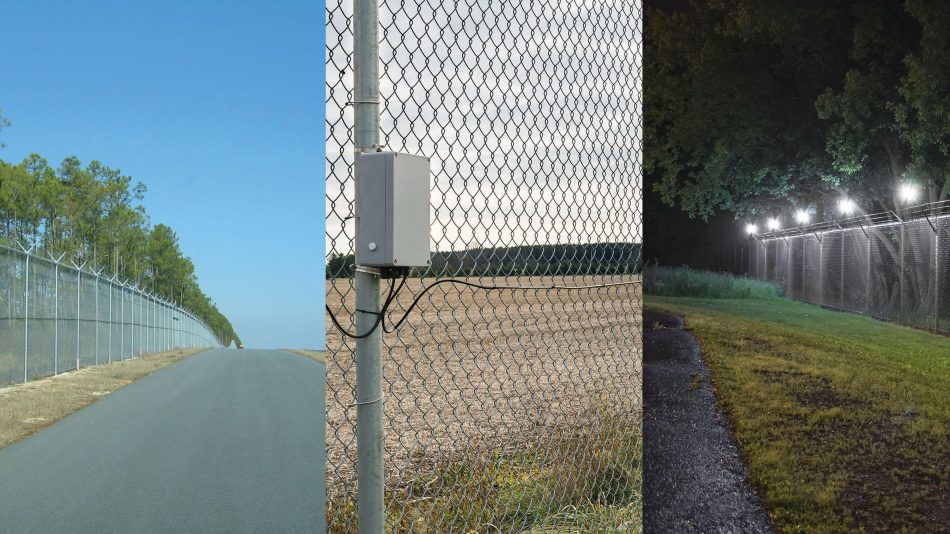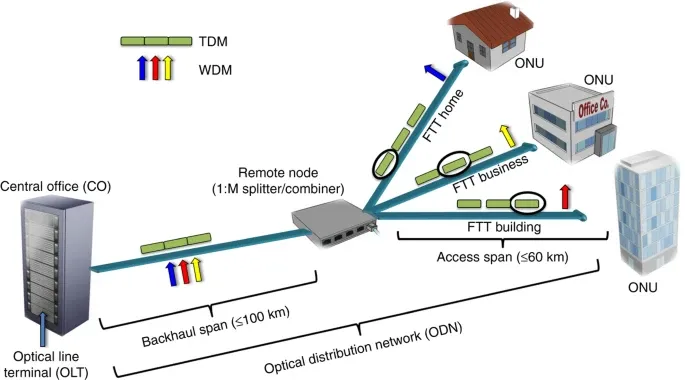Why Fiber Optic Safety Solutions Are the Future of Defense
The change to fiber optic protection systems marks a substantial innovation in the realm of protection, driven by their extraordinary information transmission capabilities and durability to exterior disturbances. These systems not just promote faster and much more reputable interaction however also offer an economical remedy with reduced maintenance needs. As the landscape of safety evolves together with emerging modern technologies such as AI and IoT, the possibility for fiber optics to improve and redefine protection facilities ends up being significantly apparent. The effects of these innovations increase critical inquiries regarding the future of safety steps and their performance in an ever-changing atmosphere.
Advantages of Fiber Optic Equipments
Among the key benefits of fiber optic systems is their exceptional bandwidth capability, which promotes the transmission of large volumes of data over fars away without considerable loss. This characteristic is specifically beneficial for security applications that require the constant monitoring and transfer of high-def video clip feeds, sensor information, and other essential information. Optical fiber can accommodate the growing demands of modern-day safety and security systems, ensuring that information continues to be undamaged and trustworthy.
In addition, fiber optic cable televisions are much less prone to electro-magnetic disturbance, which can be a significant concern in settings with numerous digital devices. This resistance boosts the stability of the data being sent, thereby minimizing the risk of information breaches or system failures. In addition, fiber optic systems are inherently much more secure than standard copper cables, as using a fiber optic line without detection is exceptionally difficult.
The toughness of fiber optic cords additionally contributes to their charm. They are resistant to ecological elements such as moisture and temperature fluctuations, decreasing upkeep expenses and enhancing system long life. Generally, these advantages placement fiber optic systems as a robust and effective choice for contemporary safety infrastructures, guaranteeing reputable and secure information transmission.
Boosted Information Transmission Speed

The capacity to transfer huge quantities of information swiftly facilitates the seamless assimilation of high-def video clip feeds and advanced analytics. Protection systems can currently refine and evaluate details in real-time, improving feedback times and situational understanding. In addition, fiber optic connections support longer transmission distances without deterioration of signal high quality, making them optimal for extensive safety and security networks.
The enhanced rate of fiber optic systems not only boosts the performance of safety and security operations however additionally lowers latency. This is specifically crucial in crucial circumstances where timely decision-making can protect against safety and security breaches or alleviate potential threats. As companies proceed to focus on safety and security and efficiency, the demand for quick and trustworthy data transmission will unquestionably solidify fiber optic systems as a cornerstone of modern protection facilities.
Resistance to Disturbance
Fiber optic safety systems continually show remarkable resistance to electro-magnetic interference, an important advantage in atmospheres prone to electronic noise. Unlike traditional copper cables, which can be adversely affected by magnetic fields, superhigh frequency disturbance, and other kinds of electric disruption, fiber optic cables make use of light to send information. This inherent property makes certain that the signals stay clear and unchanged, despite bordering digital activity.
Making use of reference glass or plastic fibers in fiber optic innovation creates a barrier against interference, permitting trustworthy data transmission also in challenging scenarios such as industrial centers, metropolitan areas with high electronic website traffic, or locations near radio towers. This particular substantially decreases the likelihood of signal degradation or loss, making fiber optic systems particularly suitable for protection applications where honesty and precision of data are extremely important.
Furthermore, this resistance to disturbance enhances the total efficiency and integrity of protection systems, guaranteeing that monitoring and alert systems function perfectly. In a globe where security is increasingly threatened by innovative technologies, the durability of fiber optic systems stands out as a critical attribute, strengthening their condition as a crucial part of contemporary safety and security framework.
Cost-Effectiveness Gradually
Substantial expense savings can be achieved gradually with the application of fiber optic safety and security systems. While the first financial investment might seem greater contrasted to standard copper-based systems, the long-lasting economic benefits come to be evident through minimized operational and maintenance expenses (fiber security). Fiber optic cables are inherently a lot more resilient and much less vulnerable to environmental aspects, which translates to decrease replacement and repair service costs over their life-span
Furthermore, fiber optic systems call for less power to run, which further lowers energy prices. Improved information transmission capabilities enable fewer repeaters and amplifiers, decreasing devices investment and streamlining installment procedures. The scalability of these systems additionally adds to cost-effectiveness, as companies can broaden their safety infrastructure without sustaining considerable extra expenditures.
One more variable to consider is the boosted effectiveness in monitoring and reaction abilities that optical fiber give. Enhanced real-time information transmission can result in quicker event action times, possibly mitigating losses and responsibilities connected with protection breaches. In sum, the long-lasting advantages of fiber optic safety and security systems not only warrant the initial expense however additionally position them as a financially prudent choice for organizations seeking robust protection remedies.

Future Advancements in Safety
Advancing innovations are established to transform security systems, incorporating synthetic knowledge (AI) and maker learning to enhance danger detection and feedback capabilities. These innovations will allow safety and security systems to evaluate large quantities of data in real-time, recognizing patterns and abnormalities that suggest prospective risks. This aggressive technique will enable quicker decision-making and more effective event actions.
Additionally, the consolidation of the Web of Things (IoT) is leading the means for interconnected security devices, supplying thorough security and tracking. Smart sensing units can pass on info regarding environmental changes, while automated notifies can alert safety my website and security workers instantly of dubious activities.
Furthermore, the evolution of biometric modern technologies will certainly even you could look here more strengthen safety devices. Facial recognition, finger print scanning, and retina recognition are coming to be extra advanced, providing layers of verification that are hard to bypass.
Verdict
Finally, fiber optic protection systems represent a substantial improvement in protection modern technology, using unmatched data transmission speed, resistance to electro-magnetic disturbance, and long-lasting cost-effectiveness. As the demand for advanced safety options continues to expand, the integration of fiber optics with arising technologies such as AI, IoT, and biometrics will even more enhance safety infrastructures (fiber security). The combination of these technologies will make certain an extra protected and receptive environment, strengthening fiber optics as a keystone of future security systems